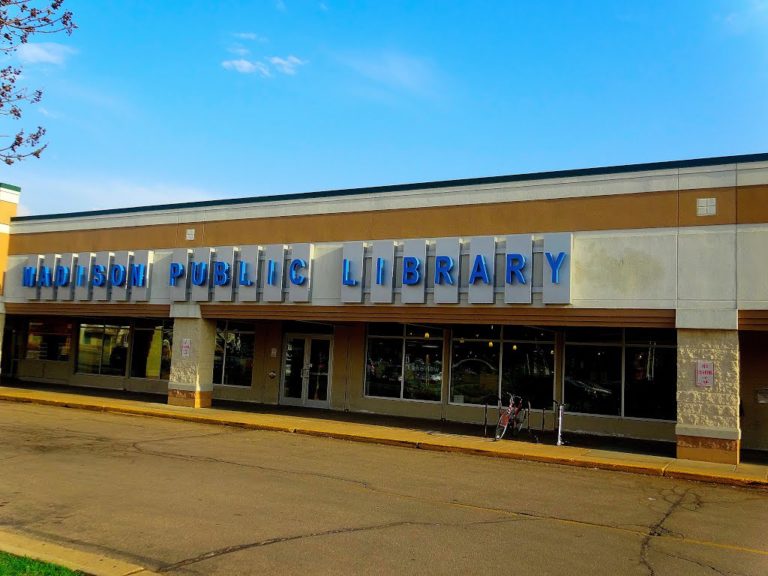
By Abha Thakkar
Northside Planning Council
This issue, the Northside News is dedicating space to running two different accounts of the March 11 encounter at Lakeview Branch Library between middle school students and Madison Police that stirred up an important and contentious debate in the following days.
We wanted to put a spotlight on how this story was told by two different news outlets, and how that can affect the content and tone of public discourse and thus the way we understand our neighbors.
The Wisconsin State Journal (WSJ) story, by mostly focusing on the police report, addressed what happened after the police arrived, and, therefore, what happened after the situation escalated.
The Madison365 article worked to tell the story from beginning to end. It covers the police report in great detail, but it also interviewed a variety of sources, including Arree Macon, who was with the students from the very beginning.
WSJ did reach out to the Northside Planning Council (NPC) for comment after their story was posted. Madison365 also reached out to us before publication, but due to time constraints, we were unable to respond directly to either.
The WSJ story was published online the day following the event, whereas the Madison365 story came out a day later. Madison365 was able to locate and contact Macon (who was there as a staff member of NPC, but NPC was not involved with connecting him to the reporter), in part because Madison365 has worked hard to develop trust and relationships among communities of color. Neither version is perfect, but each version gives us a different understanding of what happened that night. One story attempts to give us a lot more context, and we, as consumers of news, should want that.
The WSJ version shaped much of the public discourse in the days following the incident. Would the Madison365 version, had it been more widely read, changed the tenor of that discourse? Possibly, but, either way, we would have had more information to work with.
As the publisher of a community newspaper, we know the power of stories. We know that it matters who tells the story and whose voices get amplified or go unheard. We know that institutions and government entities have the reach and the resources to amplify their own voices, whereas children and families do not. We know that stories become part of the fabric of our community and affect the way we relate to one another. That is why the Northside News exists.
We hope you’ll take the time to read both versions of this story. As we move forward in this complex community dialogue, it helps to have all the perspectives we can.